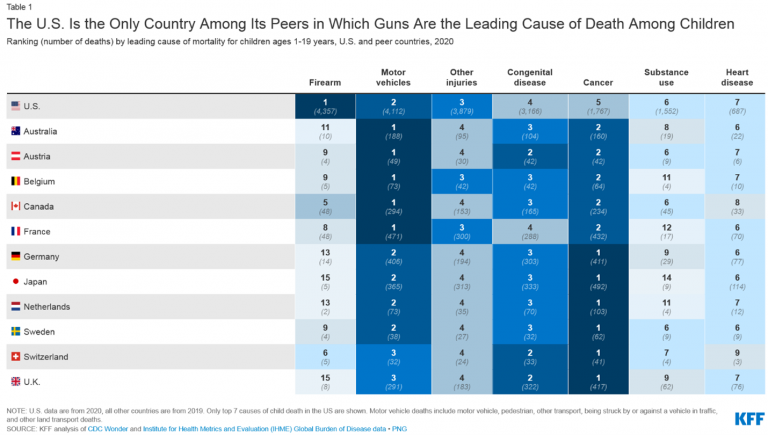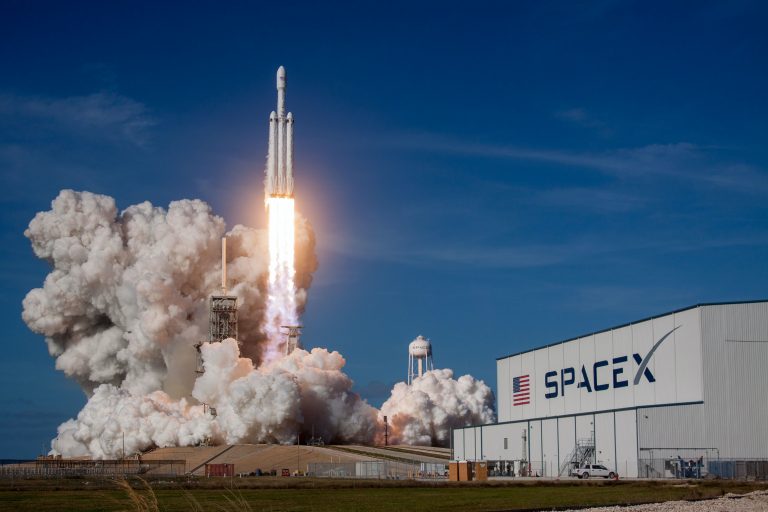Plastic Pollution Problems

Each year, millions of tons of discarded plastic makes its way into the world’s oceans. Approximately 80 percent of that waste was originally discarded on land, with the remaining 20 percent being discarded at sea1. Even more discarded plastic collects in freshwater bodies like lakes and rivers. Some of this waste collects along beaches and shores, while the rest continues to travel along the waterways. In the oceans, these plastics can get swept away with the currents and travel thousands of miles. Given the circular nature of the oceans’ currents, much of this plastic gets trapped in oceanic gyres1. One such area, known as the Great Pacific Garbage Patch, is estimated to weigh 87,000 tons and contain 1.8 trillion pieces of plastic.
In addition to creating an eyesore, these discarded plastics can cause significant damage to economic infrastructure. Plastics can clog storm drains, leading to flooding of roads and farmland. Plastics can also have a negative impact on plant, animal, and human health. Birds and marine wildlife can be killed by getting trapped in, or choking on, large pieces of discarded plastics like balloons, straws, fishing line, and six-pack can holders. Additionally, as large plastic objects deteriorate over time into what are known as “microplastics,” they can be easily ingested and cause organ damage and leach hazardous toxins into the animals’ bloodstream. In addition to harming the animal ingesting the plastic, it can also poison those further up the food chain, including humans2.
As the dangers of discarded plastics are becoming more widely known, efforts have been made to help mitigate the problem. A cleanup effort has begun in the Great Pacific Garbage Patch. In the US, many states and local municipalities have implemented bans on plastic straws and single-use plastic grocery bags, and similar laws have been implemented in other countries around the world. While these efforts represent a great start, there is still a long way to go. The Great Pacific Garbage Patch contains less than a quarter of total ocean plastic. Straws and plastic bags represent a small percentage of total plastic waste1.
Sources: 1Hannah Ritchie and Max Roser (2019) – “Plastic Pollution”. Published online at OurWorldInData.org. Retrieved from: ‘https://ourworldindata.org/plastic-pollution’ [Online Resource]2Andrea Thompson “From Fish to Humans, A Microplastic Invasion May Be Taking a Toll.” Scientific American, 4 September 2018, https://www.scientificamerican.com/article/from-fish-to-humans-a-microplastic-invasion-may-be-taking-a-toll/. Retrieved 29 December 2019.
Questions:
- Discuss the difference between using taxes and regulations to reduce pollution. Which do you think might be more effective, and why?
- Use supply and demand analysis to illustrate the difference between the free market equilibrium for plastic products and the socially optimal equilibrium for plastic products.
- In addition to reducing consumption of a good or service, taxes and bans also encourage the use of substitute goods. What are some of the substitutes for plastic straws and grocery bags?
- Regulations sometimes lead to unintended consequences. What might be some unintended consequences of regulations aimed at reducing plastic usage?













